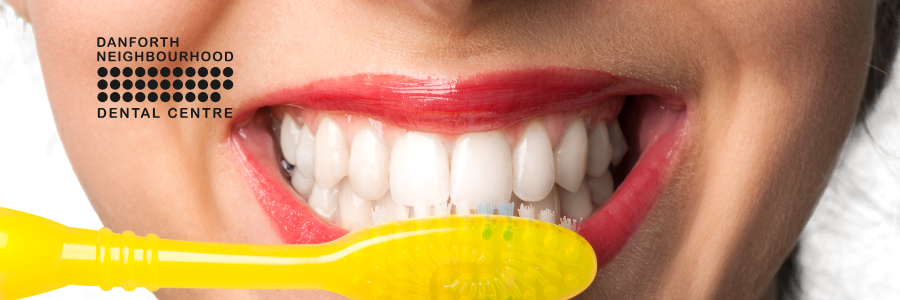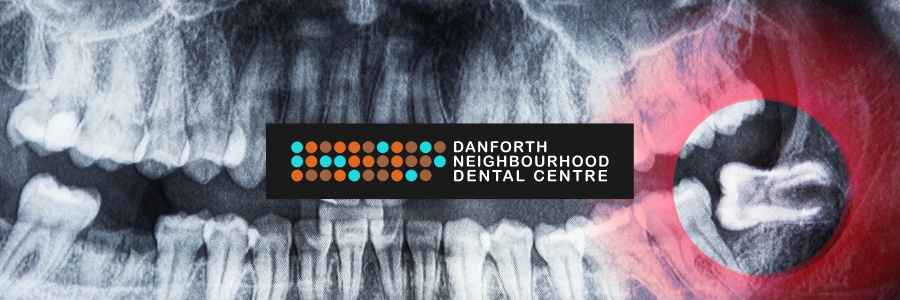Periodontal Care: The Unsung Hero of Preventive Dental Health
Periodontal Care: The Unsung Hero of Preventive Dental Health
In the realm of oral health, preventive measures often garner significant attention, and rightly so. While brushing, flossing, and regular dental check-ups are vital, periodontal care, which focuses on the health of the gums and supporting structures of the teeth, plays an equally crucial role. Delving into its importance illuminates why it's the unsung hero of preventive dental care.
Why Is Periodontal Care Crucial?
At the base of every tooth lies the gum, a foundational tissue that supports our teeth. But gums, like teeth, are vulnerable. They can be attacked by bacterial infections leading to gingivitis, which if left untreated, can progress to periodontitis, a severe gum disease.
Periodontitis doesn’t just threaten oral health; it's linked to broader health issues, including heart disease, diabetes, and respiratory problems. Thus, periodontal care isn’t merely about preserving one's smile but also about safeguarding overall health.
Components of Periodontal Care
Regular Screening:
This is the first line of defense. Dental professionals assess the depth of pockets between teeth and gums, which can indicate gum disease. Early detection means more manageable and less invasive treatments.
Scaling and Root Planing:
This deep cleaning method involves removing tartar and bacteria from tooth surfaces and beneath gums, followed by smoothing the tooth root to help gums reattach.
Maintenance: After initial treatments, it's essential to have regular cleanings, often more frequently than bi-annual check-ups, to prevent recurrence.
Patient Education: Equipping patients with knowledge about proper brushing and flossing techniques, signs of gum issues, and the importance of early detection can make all the difference.
Integrating Periodontal Care into Preventive Dental Care
Maintaining a strong oral hygiene routine is the bedrock of preventive dental care. However, it must be integrated with regular periodontal assessments. Just as one would never skip a dental check-up, periodontal screenings should also be non-negotiable.
Further, understanding the signs of gum issues – like redness, swelling, or bleeding – empowers individuals to seek early intervention. Periodontal care, in essence, aligns perfectly with the ethos of preventive care: stopping issues in their tracks before they escalate.
In Conclusion
Periodontal care stands as a sentinel in the world of preventive dental health. It underscores the principle that true oral health is holistic, encompassing both teeth and gums. As the adage goes, "Prevention is better than cure." In the dental world, this isn't just about cavities or tooth decay; it's about ensuring the very foundation of our teeth – our gums – are given the care and attention they so critically deserve.
Recommended For You




